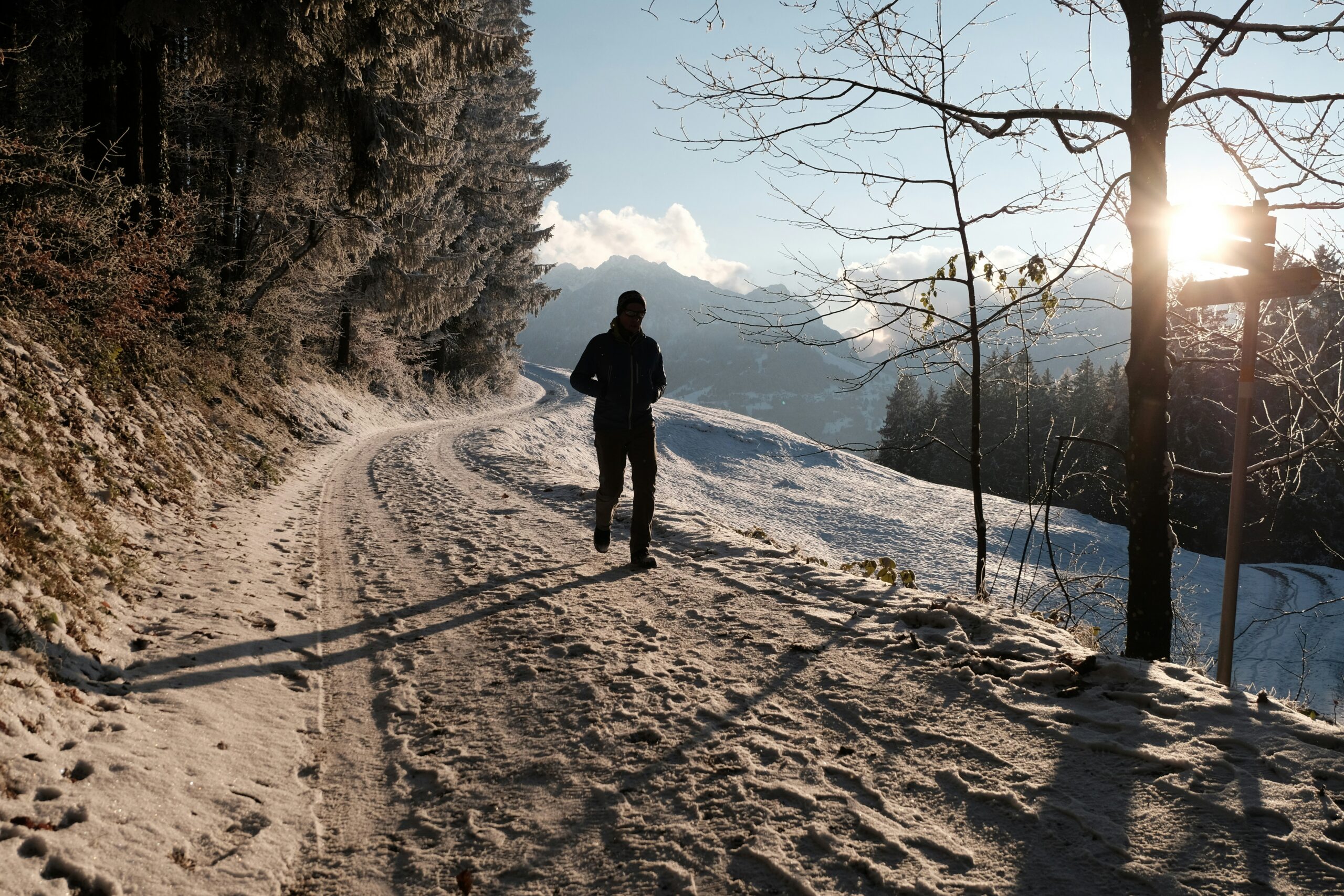As temperatures drop and snow begins to cover sidewalks and trails, runners across the northern hemisphere face the same daily dilemma: Is it a good day to run outside?
While there are times when skipping a run is the safest and smartest choice—icy paths and severe cold can be serious risks—there are also plenty of days when it’s simply about finding the motivation to go. This guide will help you figure out when to run, how to dress, and how to stay safe and inspired during the coldest months.
Cold-Weather Running: It’s All About What You’re Used To
Freezing starts at 32°F (0°C), but what feels “too cold” varies from runner to runner. With the right clothing and a bit of adaptation, even chilly days can feel manageable—or even enjoyable.
If you live in a colder climate, you’ve probably noticed that what felt freezing in early winter (like 42°F or 5°C) starts to feel relatively mild as the season progresses. On the other hand, runners from warmer areas might need more time to adjust when the mercury dips.
Smart Tip:
Check the full weather report—not just the temperature. Pay attention to the windchill and “feels like” temp to get a better idea of what you’ll actually experience on the run.
How to Dress for Cold-Weather Running
The golden rule? Layer up smartly.
Wear moisture-wicking, synthetic or technical fabrics as your base layer to keep sweat away from your skin. This keeps you warmer in the winter and cooler in the summer.
Layering gives you flexibility: You can trap heat early on and remove a layer if you start to overheat mid-run. Don’t forget to protect your head, hands, feet, and any exposed skin.
A thin buff or neck gaiter that covers your mouth and nose can make breathing easier in dry, cold air while keeping your face warm.
Key winter gear to consider:
- Tech base layers
- Insulated tops or vests
- Gloves or mittens
- Thermal socks
- Headbands or beanies
- Trail shoes or traction aids for icy surfaces
Bonus Tip:
Check out a temperature-based running gear guide to help fine-tune what to wear at specific temps.
Watch for Black Ice and Slippery Conditions
Black ice is a nearly invisible layer of ice that can form when temperatures are near or below freezing. It’s especially dangerous for runners and can lead to sudden slips or falls.
If the roads or paths are slick, choose well-maintained routes that you know are plowed or salted. Reduce your speed, shorten your stride, and widen your stance for better stability. Trail shoes or traction cleats that slip over your regular shoes can provide a better grip on snowy or icy ground.
And if conditions look too dangerous? Stay inside. A treadmill run, cross-training session, or rest day is far better than risking injury.
Fighting Low Motivation in Winter
Sometimes the hardest part of winter running isn’t the weather—it’s the lack of motivation.
Here are a few tricks to stay inspired when the couch is calling louder than your running shoes:
- Schedule runs with a friend for accountability. You’re less likely to bail if someone’s waiting for you.
- Join a local running group or club. Shared miles feel shorter, and having a community can work wonders for motivation.
- Visualize your spring or summer goals. Think ahead to that race, that PR, or simply that sunny, clear day. Remind yourself why you run.
- Use the “just 10 minutes” trick. Promise yourself you’ll only go out for 10 minutes. Most of the time, once you start moving, you’ll want to keep going.
- Plan rest days around weather. If a snowstorm is coming, that might be the perfect day to schedule recovery.
If motivation stays low for an extended time, check in with yourself. It could be a sign of overtraining. Make sure you’re giving your body the rest it needs—physically and mentally.
So… Should You Run Today?
Only you can answer that. Your body, your goals, your circumstances—they’re all part of the equation. But remember this:
Running in winter can be incredibly rewarding. The quiet streets, crisp air, and sense of resilience all add something special to the experience. Just be sure to prioritize safety and self-care.
On the days it feels hard, remind yourself of what running brings into your life—mental clarity, physical strength, emotional balance. That “why” is unique to you. And sometimes, it’s all the reason you need.
Happy running—and stay warm out there. 🏃♂️❄️🔥






Leave a Reply